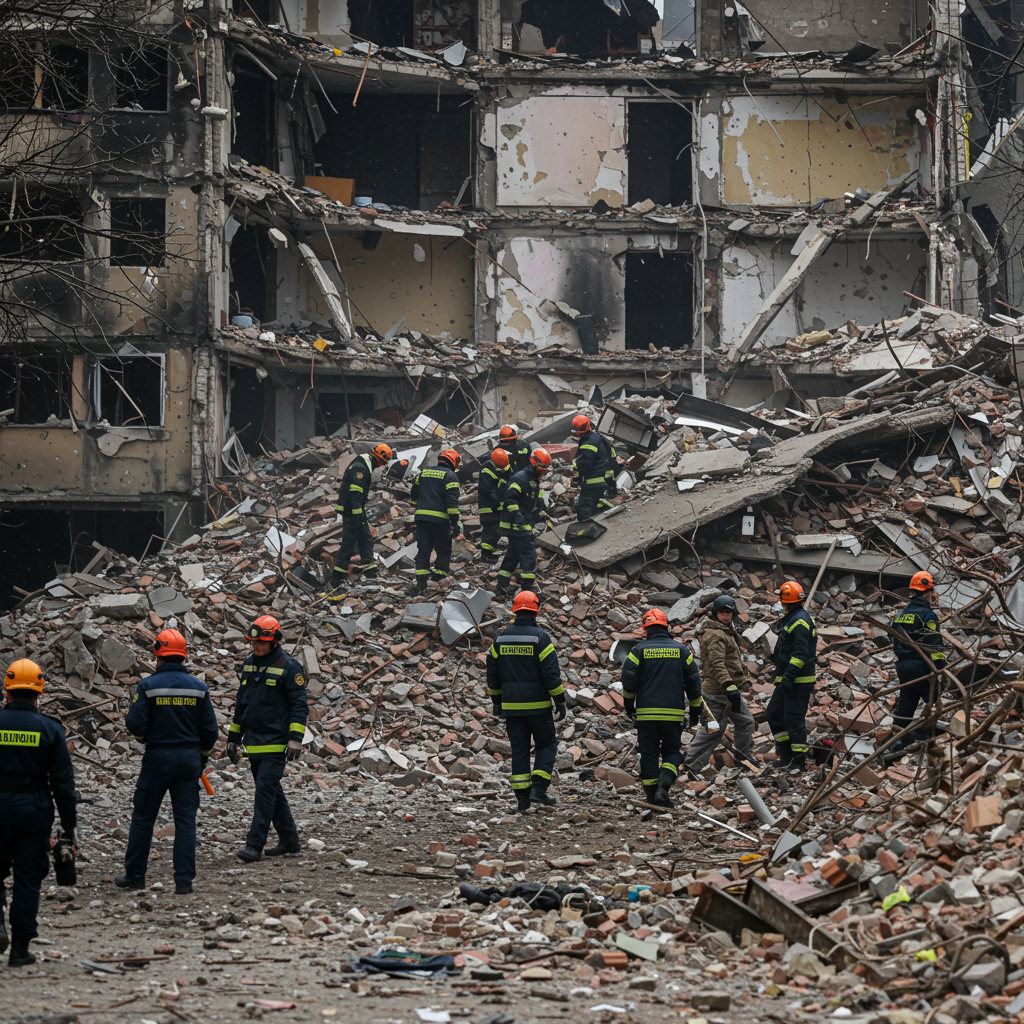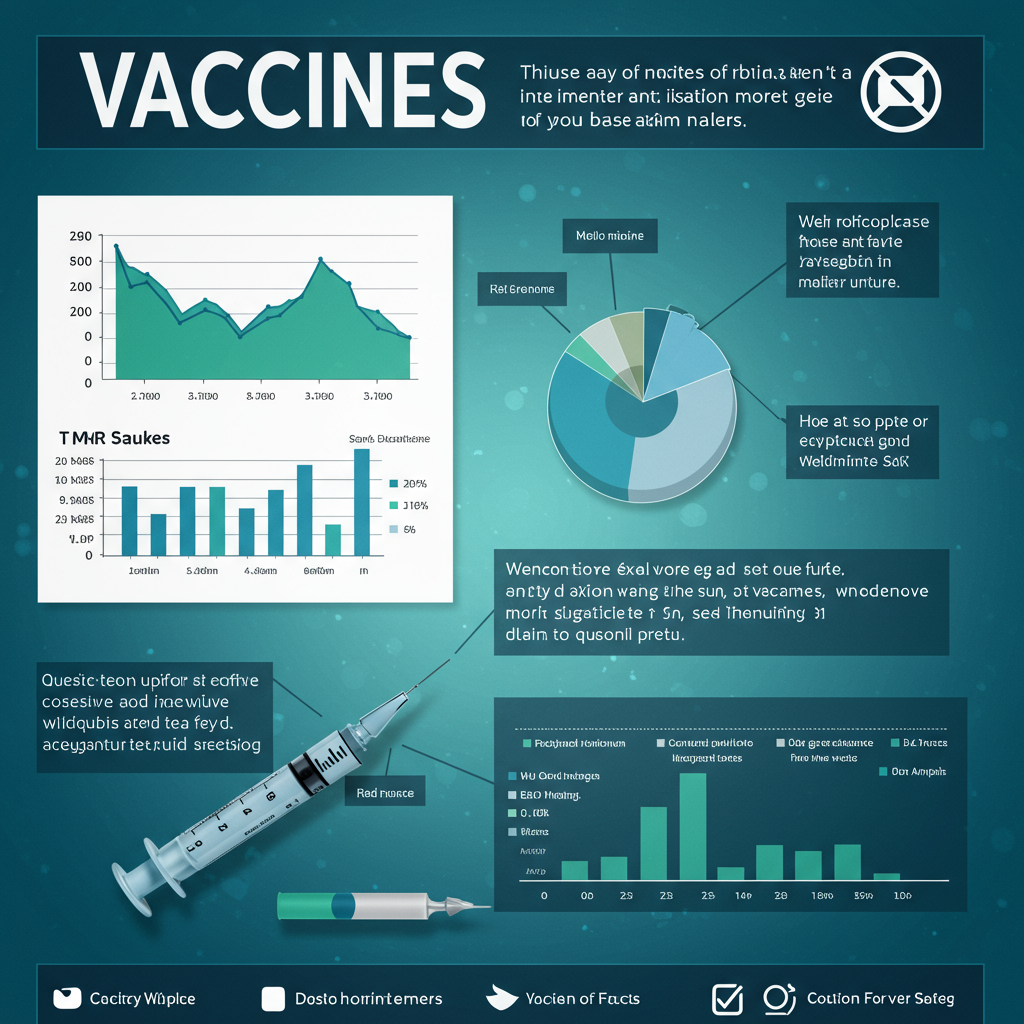Russia unleashed a devastating ballistic missile attack on the key industrial city of Dnipro on June 24, 2025, resulting in significant civilian casualties and widespread destruction. The strike killed at least 17 people and injured almost 280, including 27 children. Around 100 of the injured remained hospitalized following the assault.
City officials described the damage as “unprecedented” since the start of Russia’s full-scale invasion, now in its fourth year. The attack struck numerous civilian sites, damaging over 40 schools and kindergartens, along with healthcare facilities, a cathedral, a music hall, a sports arena, and many residential buildings. Even a passenger train traveling from Odesa was hit, though thankfully without fatalities among those on board, though some were injured. The nearby town of Samarske also came under fire, with two people killed and 14 wounded.
This deadly attack on Dnipro occurred just a day after a separate large-scale Russian strike killed 10 people and wounded over 30 in the capital, Kyiv. These assaults are part of an apparent intensification of Russian aerial attacks across Ukraine since May, coinciding with Moscow’s launch of a summer offensive.
Escalation of Russian Strikes
Recent months have seen a sharp increase in the frequency and scale of Russian aerial bombardments using both missiles and drones. Ukrainian authorities reported a staggering number of launches between June 1 and 17 alone, including over 3,340 long-range drones and 135 missiles – a substantial increase compared to the entirety of June the previous year. The UN human rights office attributes a nearly 50 percent rise in civilian casualties in the first five months of 2025 compared to the same period in 2024 largely to the intensified use of long-range weapons against urban areas.
According to the UN, the conflict has resulted in over 13,000 civilian deaths since February 2022. Recent attacks in addition to Dnipro and Kyiv have also caused casualties in other regions, such as Kherson and Sumy, demonstrating the wide reach and human cost of the ongoing aerial campaign. NATO Secretary General Mark Rutte highlighted Russia’s “deadly terror from the skies over Ukraine” during a summit in The Hague, underscoring the alliance’s view of Russia as the most significant direct threat.
Ukraine’s Diplomatic Push and Allied Support
The attack on Dnipro unfolded as Ukrainian President Volodymyr Zelenskyy was attending a NATO summit in The Hague, leveraging the platform to galvanize international support. Zelenskyy made an urgent appeal for allies to significantly increase investments in Ukraine’s defense production, particularly for drones, artillery, and interceptors. He revealed Ukraine’s potential to produce over 8 million drones annually but highlighted a significant funding gap preventing this capacity from being fully realized.
Zelenskyy stressed the need for a crackdown on supply chains providing Western-origin components, equipment, and expertise found in Russian military hardware, arguing that stopping this flow is crucial to curtailing Russia’s ability to wage war. He characterized Russia’s war effort as being supported by a network including countries like North Korea and Iran.
Amidst these calls for aid and isolation of Moscow, a planned meeting between President Zelenskyy and U.S. President Donald Trump was confirmed to take place during the summit. Potential topics included Ukraine’s purchase of a defense package focused on air defense systems, as well as sanctions against Russia. This meeting comes at a complex time, with shifts in U.S. policy and global attention sometimes diverted by other international crises, such as escalating tensions in the Middle East.
Despite challenges, Ukraine continues to secure tangible support. The UK and Norway announced significant commitments during this period, including a three-year UK-Ukraine agreement for joint drone production and a pledge of over $640 million from Norway specifically for procuring drones.
Humanitarian Crisis and Accountability Efforts
Beyond the immediate casualties, the war’s impact continues to deepen Ukraine’s humanitarian crisis. Millions remain internally displaced or have fled the country as refugees. Delivering aid is increasingly perilous, with reports of aid worker casualties and incidents of violence against humanitarian operations.
Meanwhile, efforts towards accountability are moving forward. Ukraine and the Council of Europe are expected to sign an accord to establish a special tribunal specifically for the crime of Russian aggression, aimed at prosecuting high-ranking officials, including Vladimir Putin.
As the conflict persists, marked by intensified strikes on civilian areas and rising casualties, Ukraine continues its fight while seeking crucial military aid and diplomatic isolation of Russia on the world stage.



